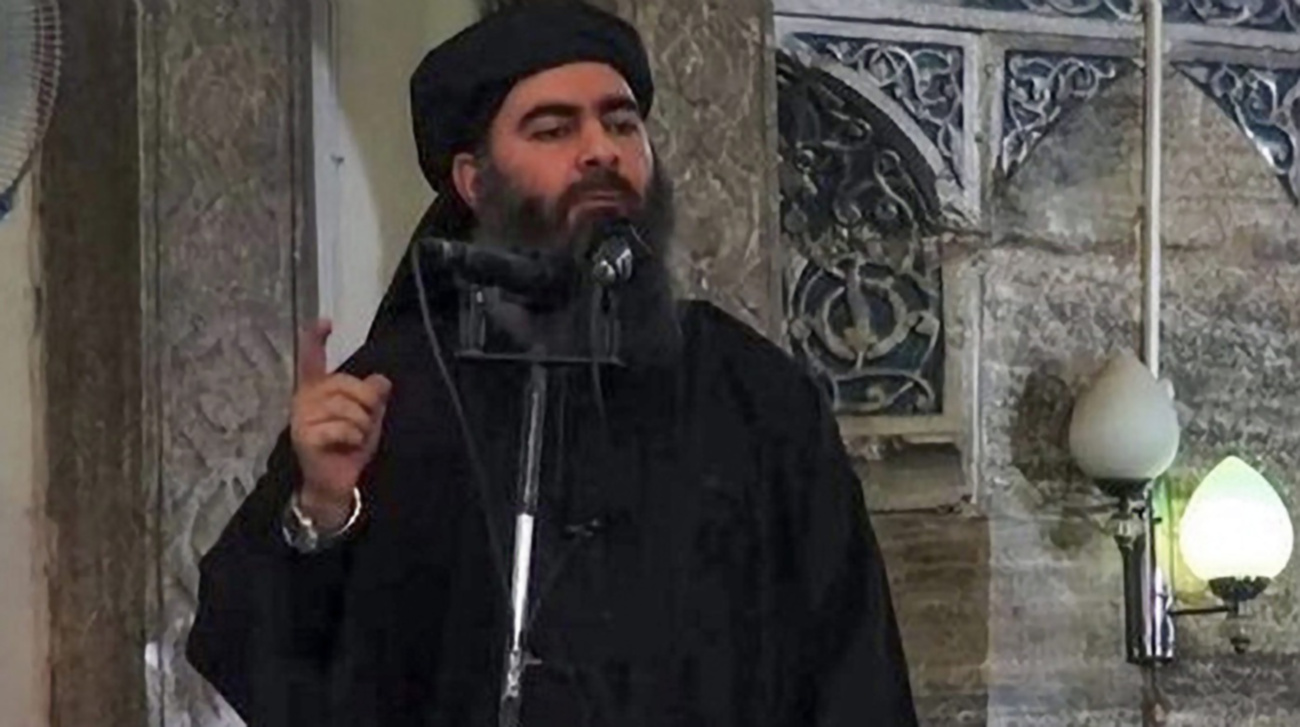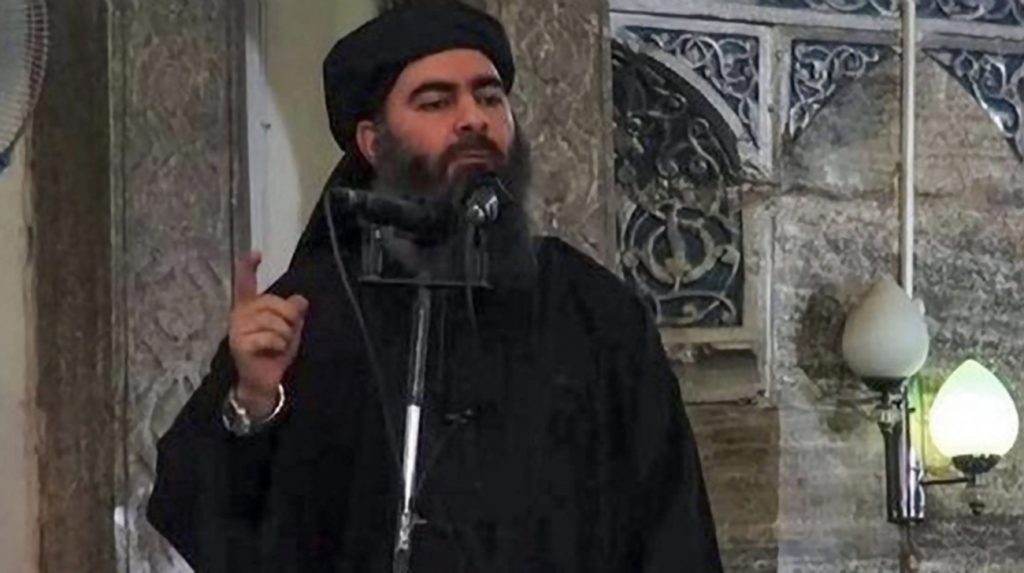Sourced : Intelnews.org
By Ian Allen |
The leader of the Islamic State has abandoned the city of Mosul and is hiding in the desert zone of western Iraq, according to intelligence sources. Meanwhile Mosul, once the most populous city under the Islamic State’s control, is now reportedly being defended by a diminishing cadre of fewer than 3,000 Sunni militants, who are facing a 110,000-strong invading army.
Abu Bakr al-Baghdadi became the center of worldwide attention in July of 2014, when Islamic State troops swept rapidly through western Iraq and captured the region’s largest city, Mosul, in a spectacular coordinated attack. Soon after Mosul was captured by the Islamic State, al-Baghdadi led Friday prayers at Mosul’s Great Mosque and proclaimed himself caliph —emperor of the world’s Muslims.
In the following months, the Islamic State reached the height of its power, commanding large expanses of land that stretched from the northern regions of Syria to the outskirts of Iraq’s capital Baghdad. Soon after al-Baghdadi’s public appearance in Mosul, the United States government set up a joint task force aimed at killing or capturing him.
The group, which is still operational today, includes representatives from the Armed Forces, the National Security Council, and the Intelligence Community. Al-Baghdadi is believed to have stayed in Mosul, but has proven difficult to trace. He almost never uses electronic communications and is constantly on the move, sleeping at different locations every night.
Last October, US-backed Iraqi government troops, Shiite militias and Kurdish forces launched a large-scale military operation to recapture Mosul and drive out the Islamic State from the region.
The assailants, whose combined forces are said to exceed 110,000 troops, reclaimed much of eastern Mosul earlier this year, and are preparing to launch a large-scale military advance on the western half of the city. While the operation to complete the recapture of Mosul is underway, American and Iraqi intelligence sources report that al-Baghdadi has not been public heard from since early November of last year.
This leads many analysts to believe that the Islamic State leader has left the city and is now hiding in the vast and inhospitable desert that stretches along the Iraqi-Syrian border. Moreover, intelligence analysts claim that the Islamic State’s online activity has fallen sharply, to about half of what it was during the group’s peak in late 2014.
This leads to the conclusion that the Islamic State is now increasingly focusing on essential functions aimed simply at the survival of the regime. The group has reportedly lost at least 3,000 fighters in Mosul, but an estimated 2,400 armed men have vouched to defend the city to the very end.


